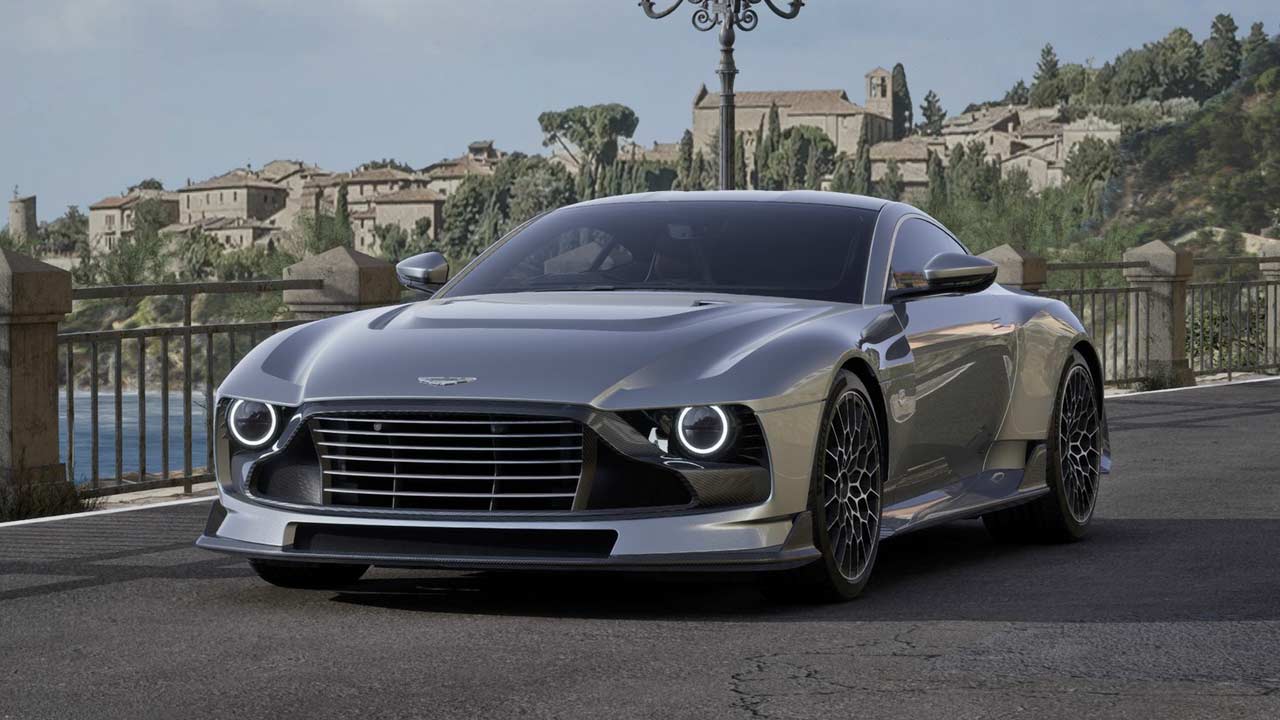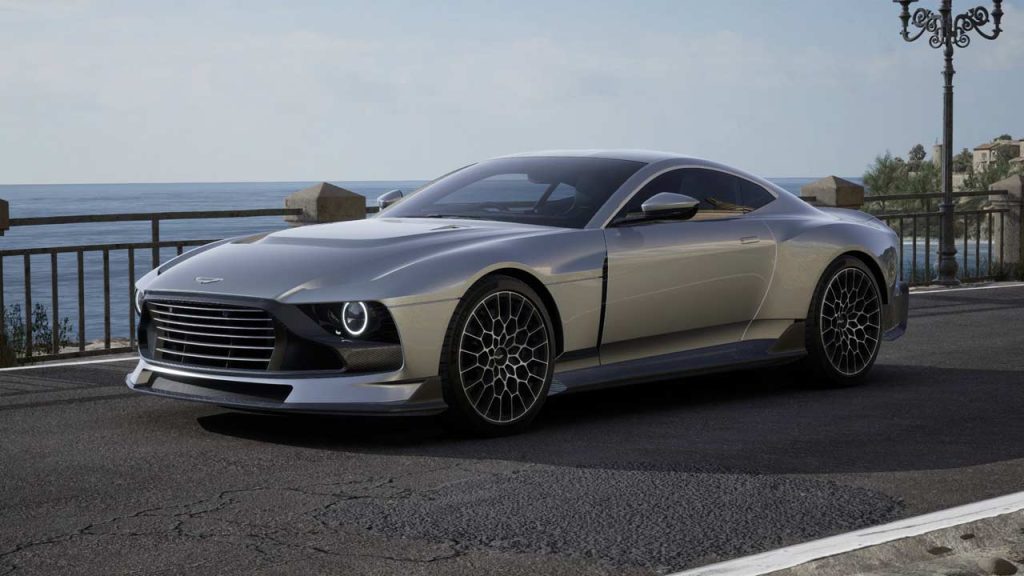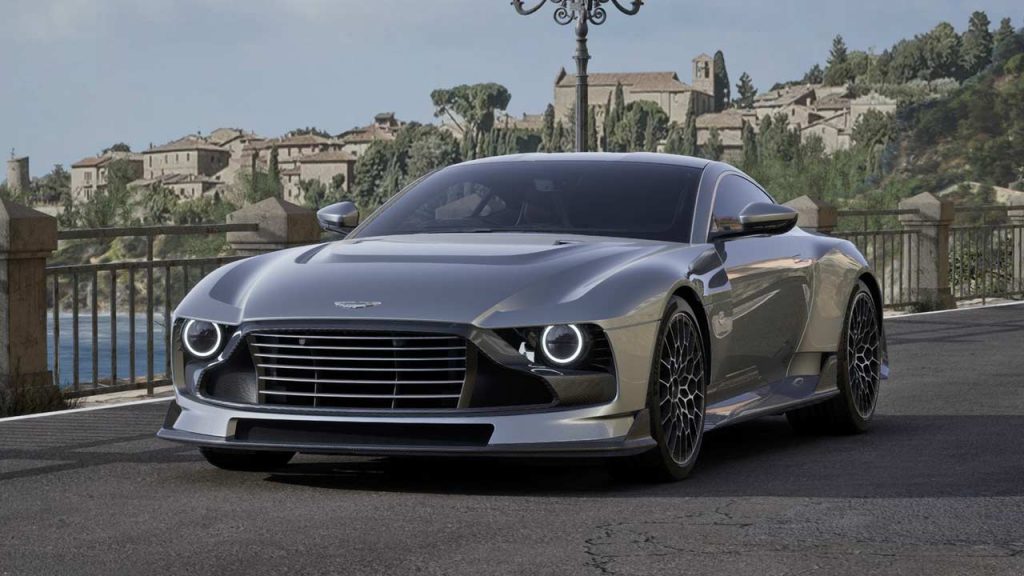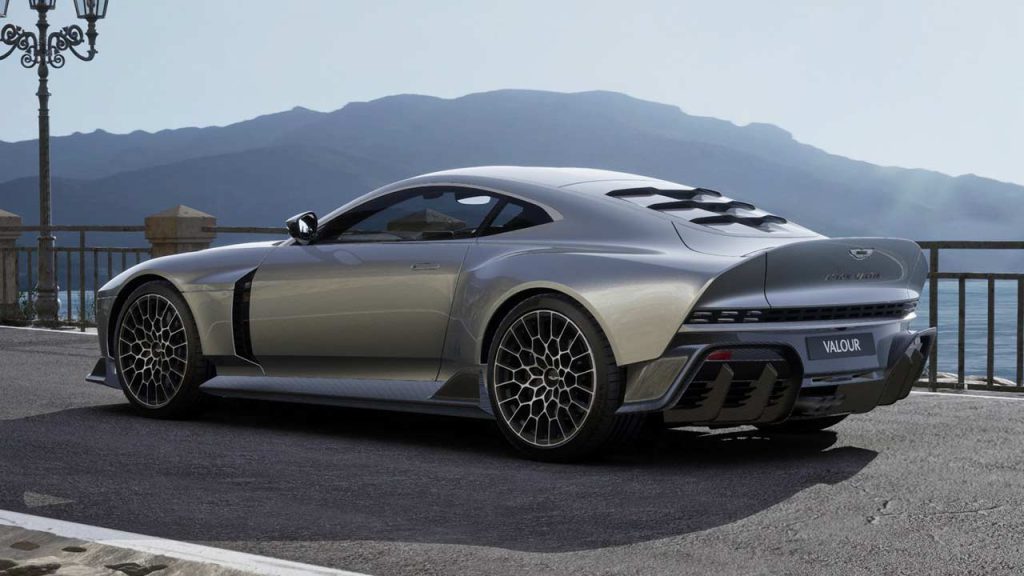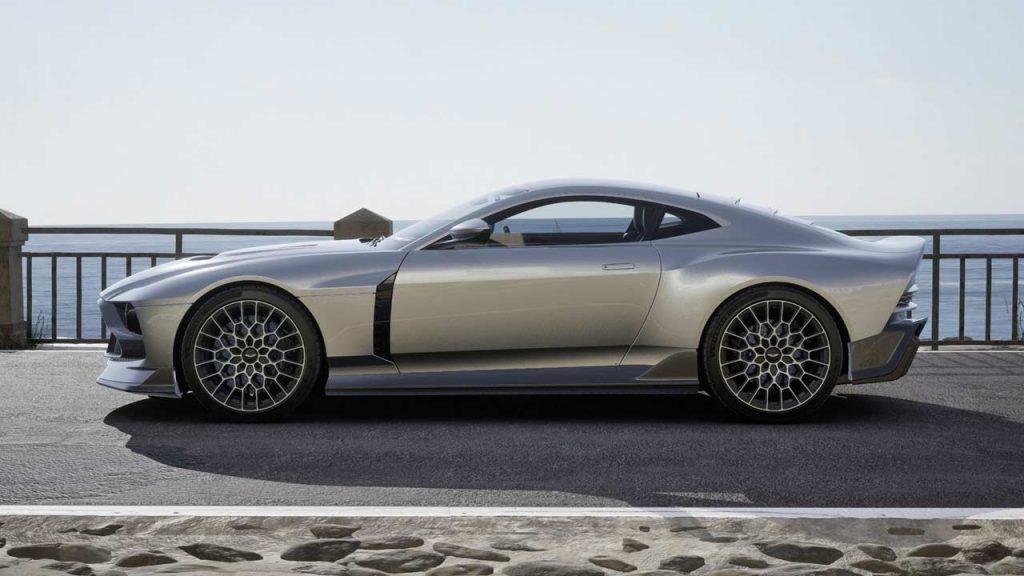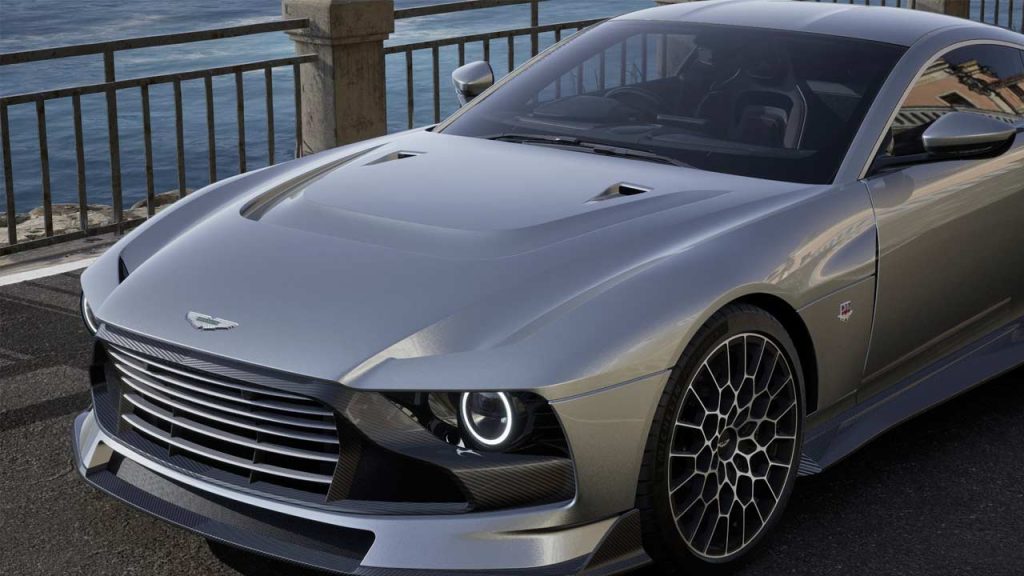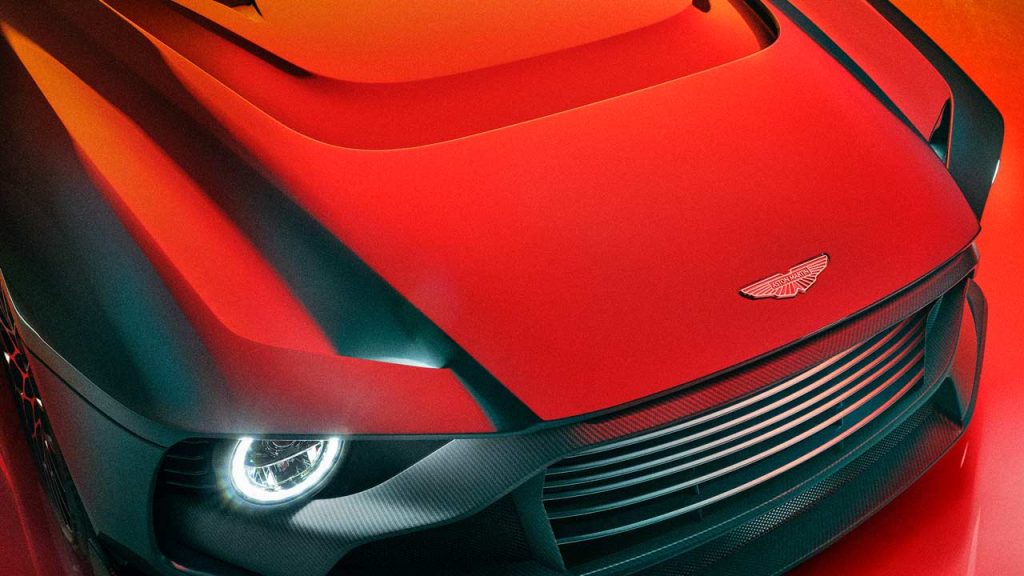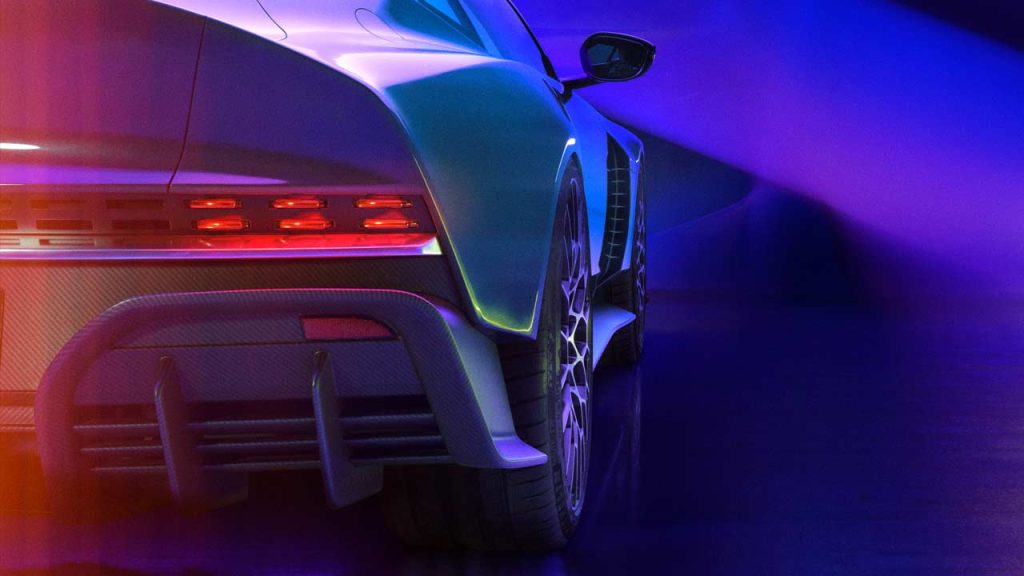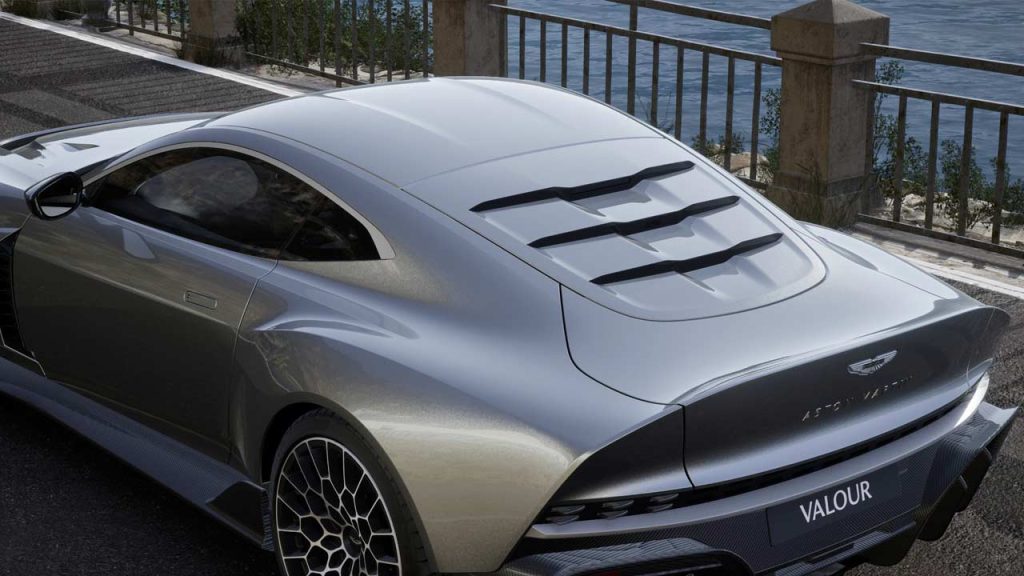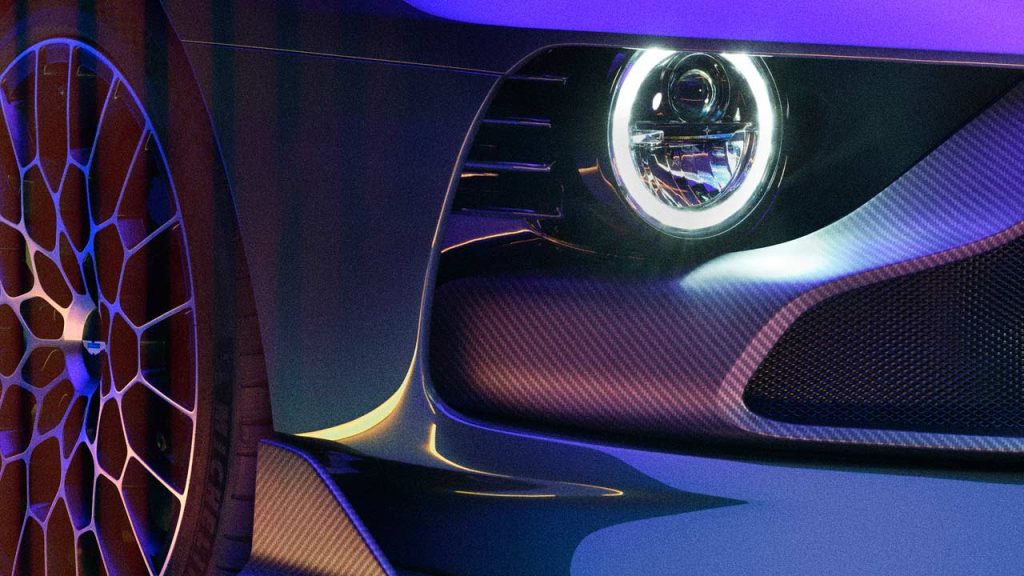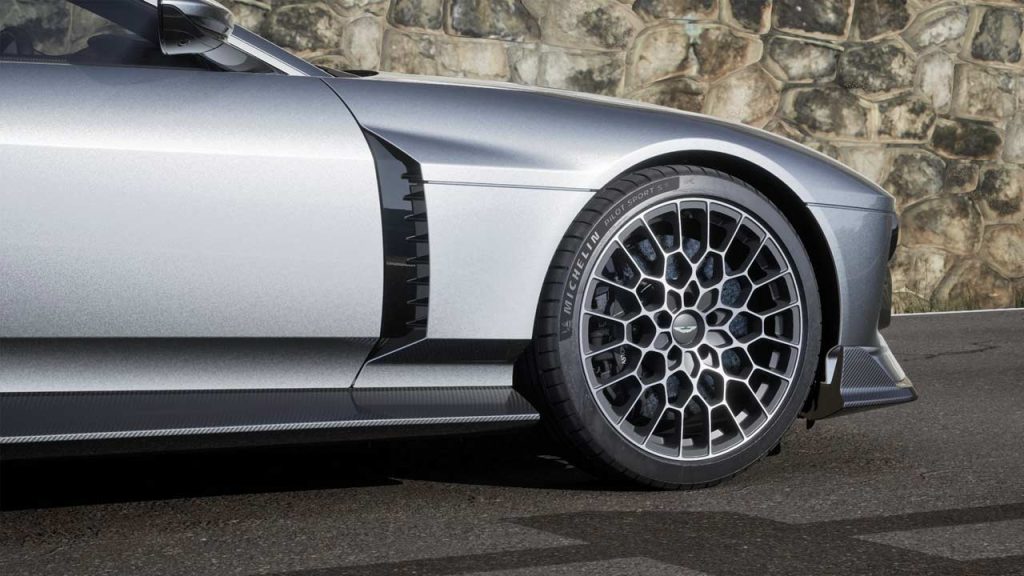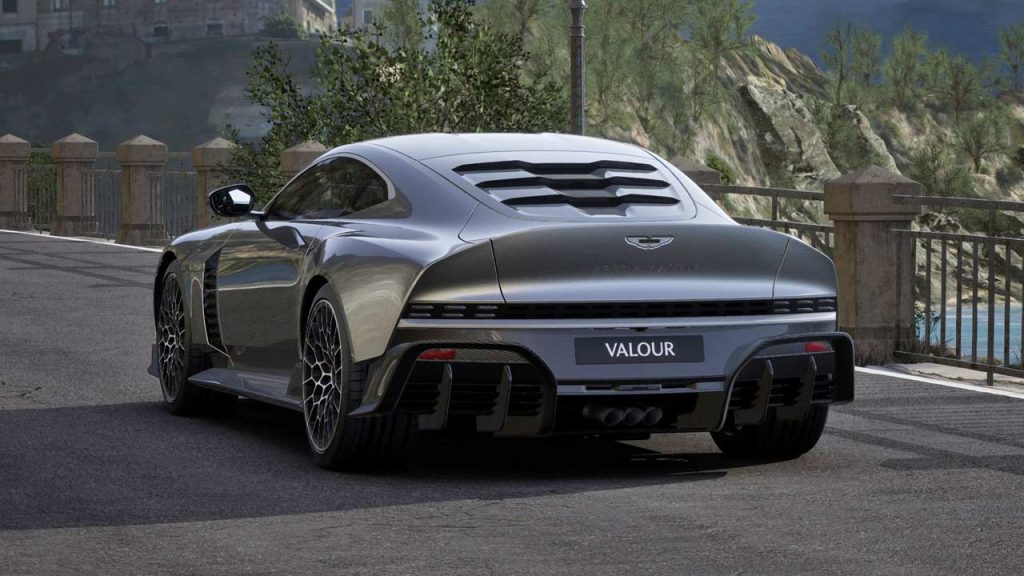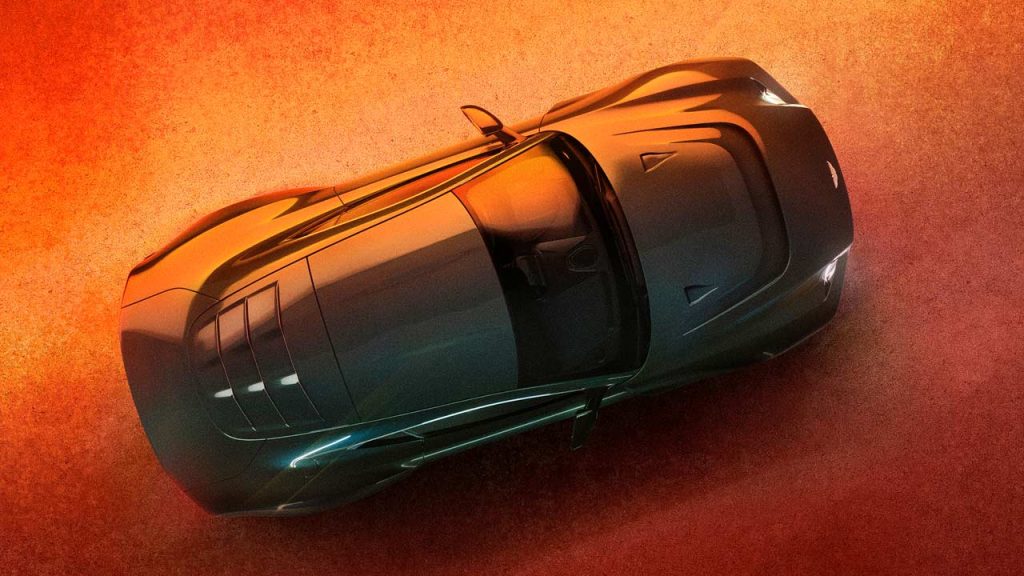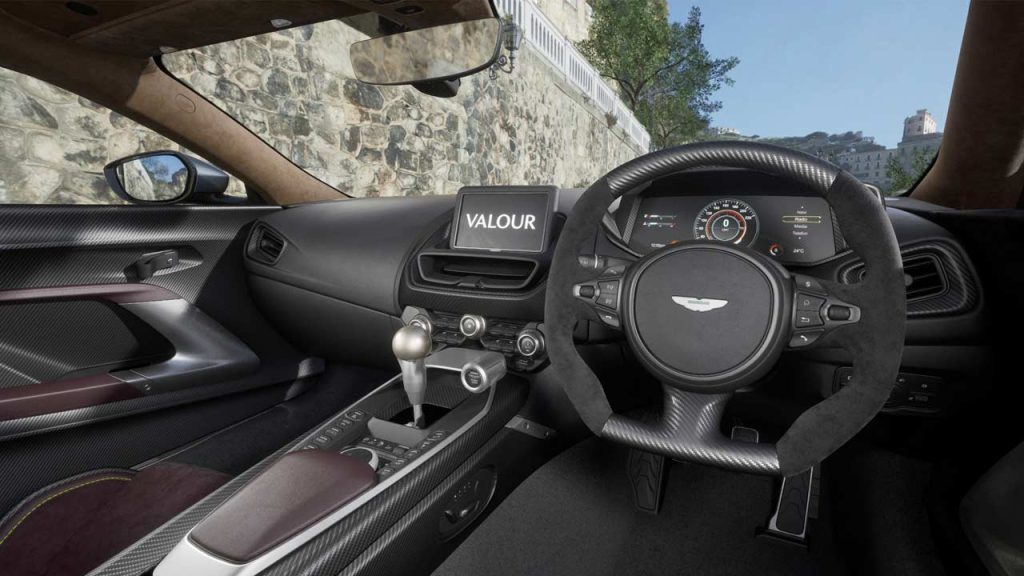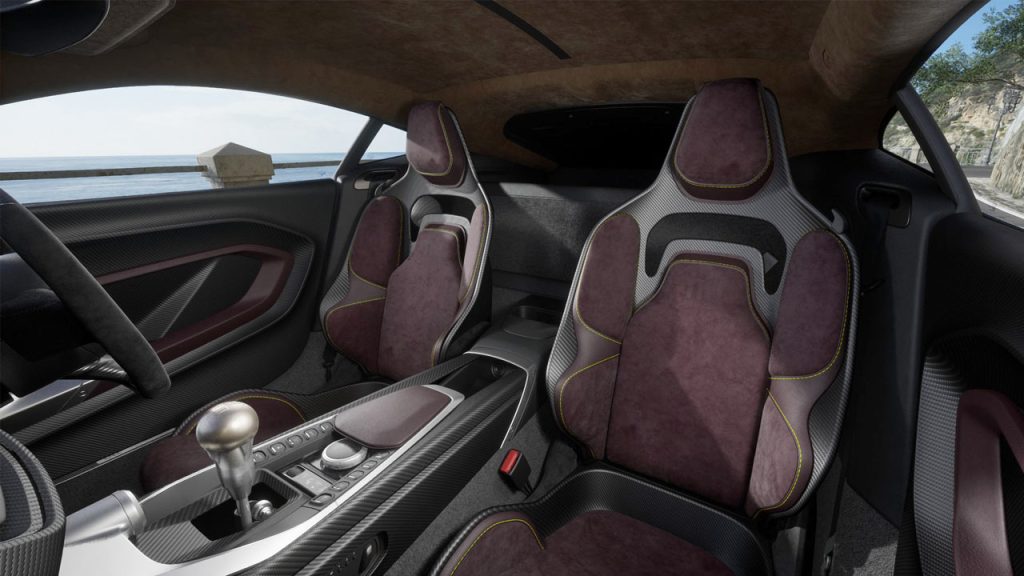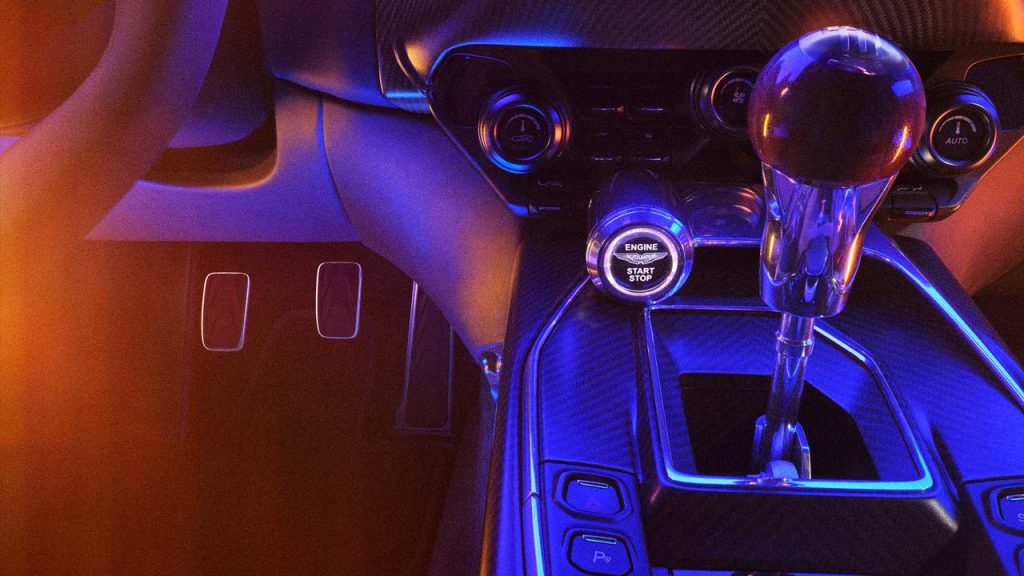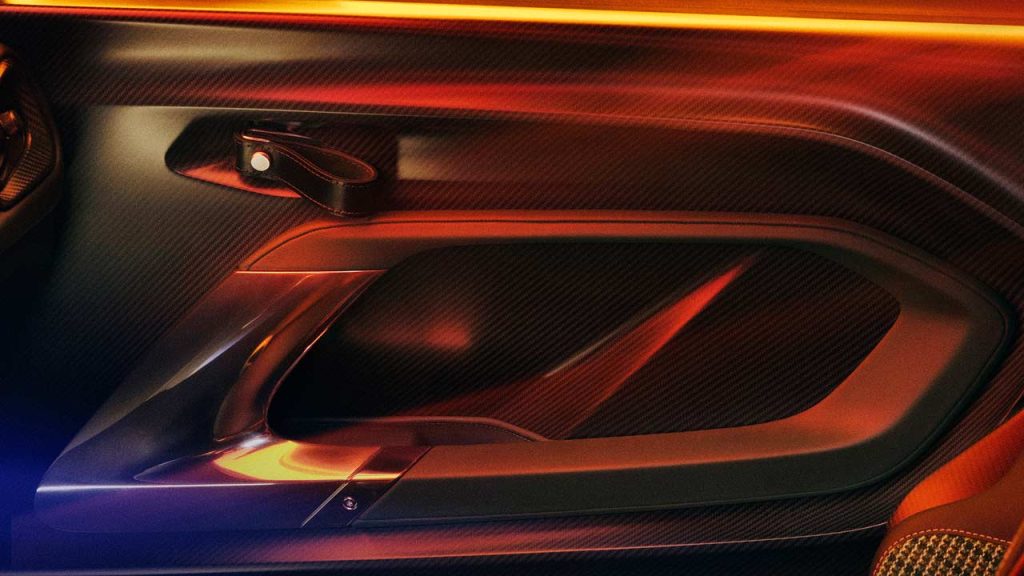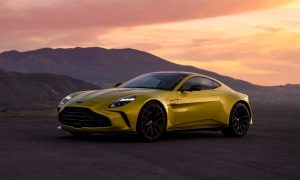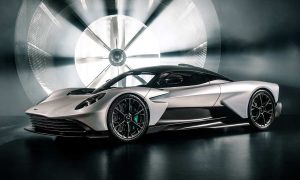If this looks familiar, well, it is. I’m sure this reminds you of the Aston Martin Victor, a one-off customer commission, built in September 2020. Apparently, a bunch of Aston Martin aficionados (read Aston Martin VIPs) phoned the company asking if they can build something similar, and I guess that’s how the Valour was born. But according to the company, the Valour was conceived as part of the company’s 110th-anniversary celebrations, and as you might have guessed, the production is limited to 110 units globally.
In terms of styling, the Valour looks like the Victor for (VIP) masses. I mean, the original car was a one-off, and this is for the 110 other VIPs. The original V8 Vantage and Vantage-based RHAM/1 Le Mans racer (nicknamed “Muncher”) from 1980 form a strong base for the design of the Valour.
Unlike the Victor which was based on the One-77, the Valour borrows its base from the second-gen Vantage and boasts even better aerodynamically optimized styling. In addition to a large horseshoe vent, there are twin NACA ducts, and there’s a negative space next to the headlights that sort of form a front wing. The air inlets on the outer edges feed cold air to the brakes. And, as you can see, the rear windscreen (or, the lack of it) is covered with louvers, but I guess the Q division can install a transparent one for those who need.
The wheel design comes from Valkyrie, as was the case with Victor. They measure 21-inches at all four corners and are wrapped with AML-specific Michelin Pilot Sport S 5 tyres (275/35 front and 325/30 rear). Carbon ceramic discs come standard, measuring 410 mm x 38 mm at the front gripped by 6-piston calipers and 360 mm x 32 mm at the rear gripped by 4-piston calipers. These discs are claimed to offer a 23 kg (51 lbs) reduction in unsprung mass versus steel brakes and resist brake fade at temperatures up to 800 degrees. The triple exhaust pipes at the rear are made of stainless steel with a wall thickness of less than 1 mm, helping save 7 kg (15 lbs) versus a traditional system.
And of course, the Valour has got a bespoke suspension setup with adaptive dampers, springs and anti-roll bars honed specifically to the car. Wheel alignment geometry has dedicated camber, castor and toe settings. The front and rear shear panels, a rear suspension tower strut brace and fuel tank bracing should help maximize both torsional and lateral stiffness. And, a mechanical limited-slip differential should enhance the sense of direct analogue connection between the car and the driver.
Inside, the cockpit is as old school as it can possibly be in 2023. Sure, there’s a digital driver display and a touchscreen, but most importantly, there’s that 6-speed manual shifter with polished aluminium, billet walnut and polished titanium options for the knob. The seats you’re seeing here are the optional carbon fibre performance seats (sports plus seats are standard). The Aston Martin configurator allows you to see all the available material options for the Valour, and if something isn’t available, I’m sure the Q division can help you out with any bespoke requests.
Moving on to the juicy bits of the story, the Valour is powered by a 5.2-litre twin-turbo V12 with the same output figures as those of the V12 Vantage: 515 kW (700 metric hp) and 753 Nm (555 lb-ft).

Leave a Reply
Note: Comments that are unrelated to the post above get automatically filtered into the trash bin.
